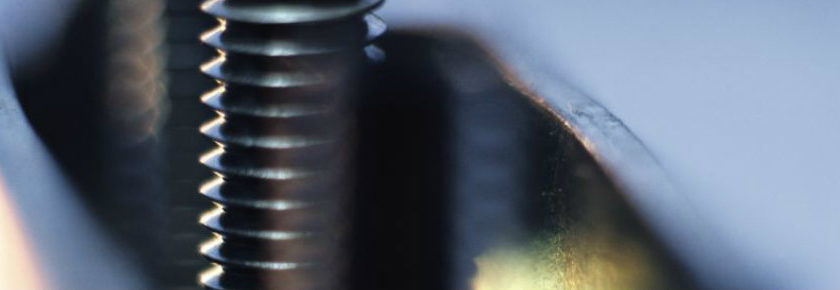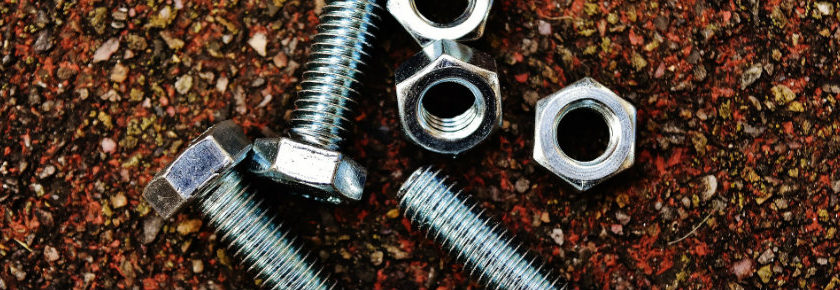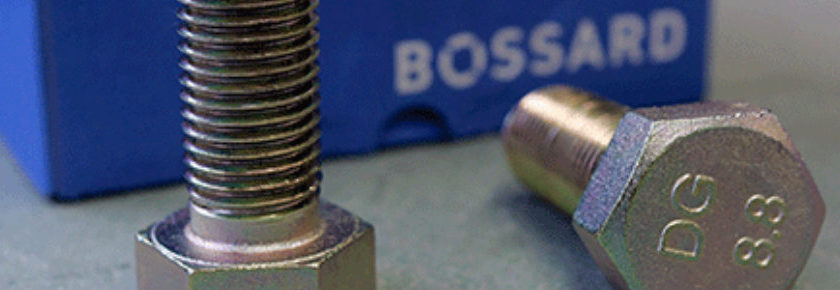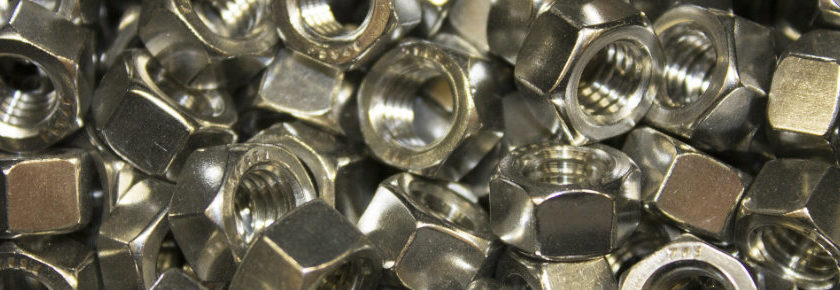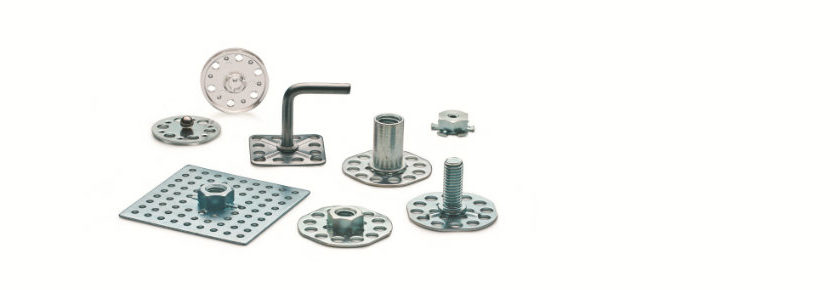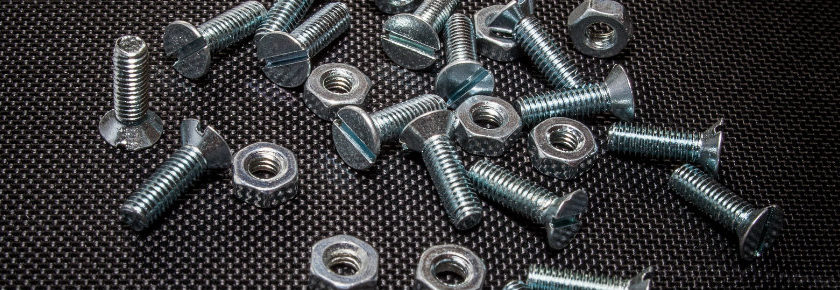Coarse threads have become the standard for most fastener applications, but when should fine threads be considered?
Fine Thread Strengths
Fine threads are technically stronger under static loading, because they have a larger minor diameter which translates into a larger cross-sectional area As. If using fine threads to increase strength, it is important to make sure that the mating thread – the nut or tapped hole – can support the additional load. This may require a thicker nut or more thread engagement in a tapped hole. Remember the cardinal rule that the nut member must always be stronger than the bolt!
Fatigue Resistance of Fine Threads
In joints with high cyclical loading, fatigue failure becomes a concern. Repeated cyclical stress can create cracks which typically occur in the first loaded thread of the joint. Studies have shown that fine threads increase the percentage of load on the first thread, which can lead to a shorter fatigue life. In this scenario, fine threads should not be a first choice.
Fine Thread Vibration Resistance
In the past, vibration resistance was thought to be a benefit of fine threads. The smaller helix angle, at least in theory, slows down the loosening process. A tradeoff of this benefit is the slower assembly time of fine threads; the smaller helix angle requires more angle of rotation to advance, slowing down the assembly process. A better solution to vibrational loosening can often be found in some sort of locking mechanism which can be recommended by your fastener source.
In conclusion, fine threads should not be used for load bearing joints unless there is a very specific reason and testing is done to validate the joint. Some exceptions could be hard to tap materials or thin wall materials. For non-load bearing joints that require adjustment, fine threads may be your best option.
For more help on choosing the proper fasteners for your project, contact us through ProvenProductivity@bossard.com.
Doug Jones
Applications Engineer
djones@bossard.com

